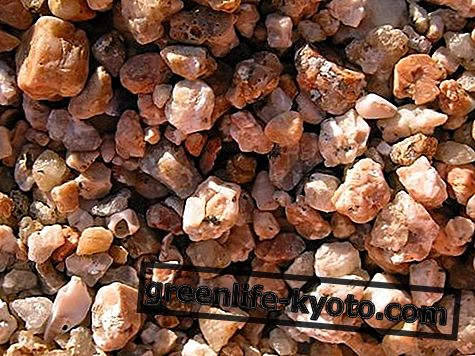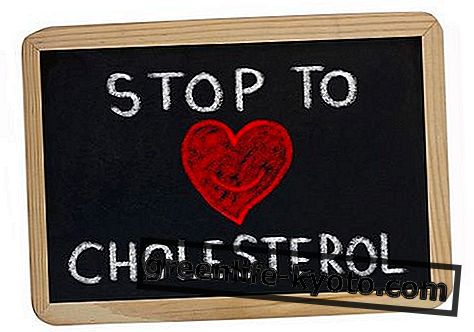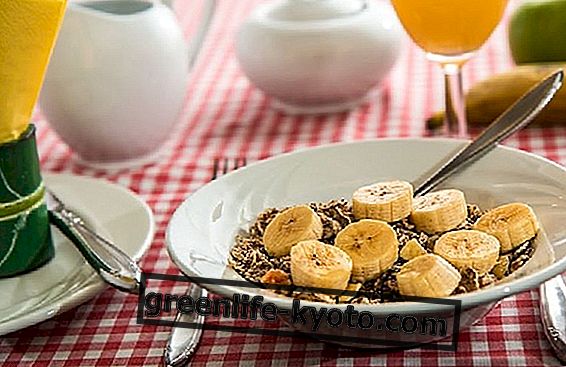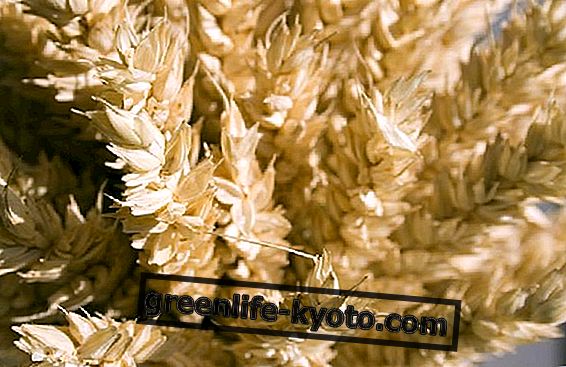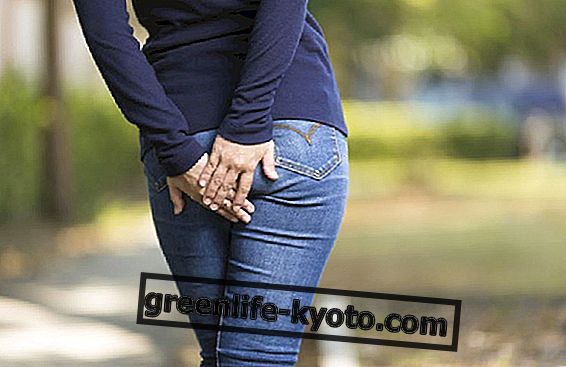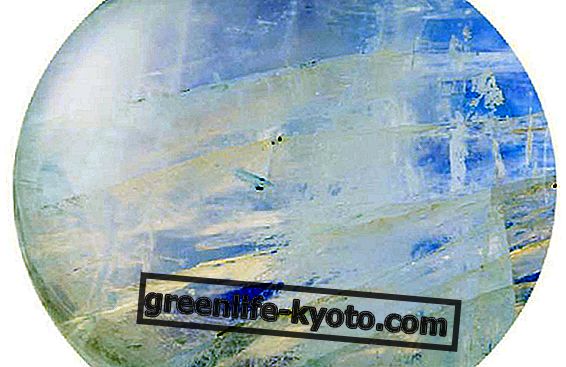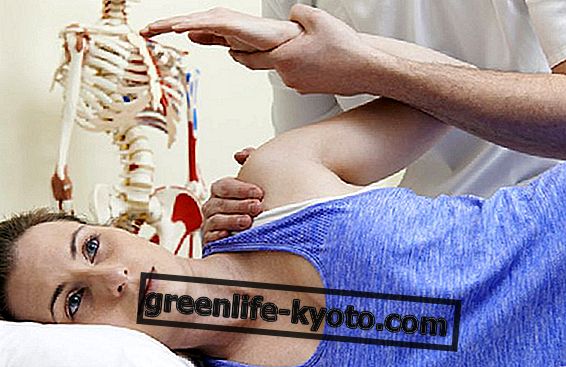
Are cosmetics on the market safe? In the United States there are frequent reports of heavy metals, harmful chemicals and bacterial contamination in cosmetics, but what is the situation in Italy?
Cosmetics and contaminants: in the USA they demand more controls
In the United States, a Senate committee announced a plan last February to consider a reform of cosmetics legislation on which work should begin this spring.
The news was reported by EcoWacht, the American information site on environmental issues. According to reports, the need to review the legislation on cosmetic products has emerged following the numerous reports of contaminants in some cosmetics, including heavy metals and harmful chemicals.
The presence of asbestos in some products for children, mercury in a skin whitening cream, significant levels of lead in an eyeliner, methylene chloride in a hairspray have been reported. In some cases, bacterial contamination was also detected in products intended for cleaning or make-up. There are also reports of adverse effects occurring after the use of various products, such as hair loss or scalp burns.
These reports could lead to a reform of the cosmetic sector that provides for a review by the FDA of the dangerous substances contained in cosmetics, more controls on the production of cosmetics and more guarantees regarding contamination .
Cosmetics and contaminants: the situation in Europe
In Europe, the production and sale of cosmetics are regulated by EC Regulation 1223/2009, which came into force in July 2013, which covers every cosmetic product placed on the European market.
The Regulation gives a clear definition of cosmetics and establishes the rules of production, sale, labeling and advertising of cosmetic products produced and marketed in Europe, in order to guarantee the protection of consumer safety .
Cosmetic products must be notified through a special procedure in order to be placed on the market and the legislation provides for the obligation to draw up a safety report to be attached to the information documentation of each cosmetic marketed.
According to Annex I of the Regulation, the safety report must contain information on the safety of the cosmetics (composition and chemical-physical characteristics of the cosmetic, microbiological test results, impurities, traces and information on the packaging material, reasonably foreseeable use of the cosmetic, exposure of the cosmetic and of the substances contained in it, the toxicological profile of the cosmetic ingredients) and the safety assessment, which must be carried out by qualified personnel.
The cosmetic information documentation must be kept by the Responsible Person indicated on the cosmetic label, which guarantees compliance with the regulations.
In the successive annexes of the Regulation we find instead the lists relating to the more than 1300 banned substances in cosmetics, those forbidden beyond the set limits, dyes, preservatives and UV filters allowed.
To return to the initial question, that is if the cosmetics on the market are safe, it is clear that the cosmetics produced and marketed in Europe are controlled and safe : to avoid risks, it is sufficient to avoid buying products outside the distribution channels, not labeled and for which it is not possible to evaluate the safety because there are no indications regarding the composition, origin and manufacturing methods.
Other useful recommendations are to choose companies that use quality raw materials, not to use too many different products and to alternate the use of cosmetics to avoid exposure to a certain substance for very long periods.


